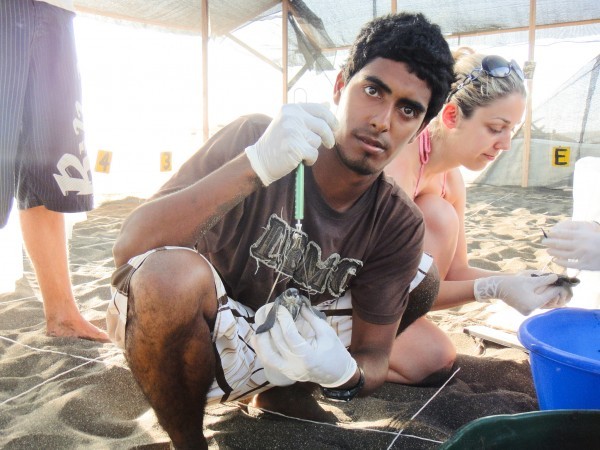 Every year female hawksbill, loggerhead, green, and the massive leatherback sea turtle come to nest on the Atlantic coastline of Costa Rica, each female returning to her home beach after a year of feeding in the open ocean. During the 1960s, the nearly every green turtle nesting in this region was taken to export for soup. By the 1970’s Costa Rica began to set part of the coast aside for protection, the Tortuguero National Park and the Barra del Colorado Wildlife Refuge to the north, comprise the largest stretch of protected land on Costa Rica’s Atlantic Coast. This, along with the countless hours of monitoring and protection by conservation volunteers and employees alike, has lead to moderate success for these endangered and vulnerable turtles. Between 1999 and 2000 alone, over 600 more female green turtles came to nest at these protected areas. But in an area once teaming with blessings and birth, now comes despair and death.
Every year female hawksbill, loggerhead, green, and the massive leatherback sea turtle come to nest on the Atlantic coastline of Costa Rica, each female returning to her home beach after a year of feeding in the open ocean. During the 1960s, the nearly every green turtle nesting in this region was taken to export for soup. By the 1970’s Costa Rica began to set part of the coast aside for protection, the Tortuguero National Park and the Barra del Colorado Wildlife Refuge to the north, comprise the largest stretch of protected land on Costa Rica’s Atlantic Coast. This, along with the countless hours of monitoring and protection by conservation volunteers and employees alike, has lead to moderate success for these endangered and vulnerable turtles. Between 1999 and 2000 alone, over 600 more female green turtles came to nest at these protected areas. But in an area once teaming with blessings and birth, now comes despair and death.
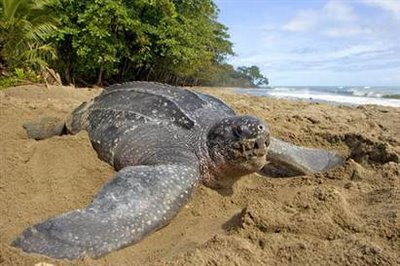 The stretch of Caribbean coast of Costa Rica has long been known as a sordid region. Most guidebooks suggest avoiding the region especially the port town of Limon, halfway point for drug runners between the South and North America. In 2013, violent crime was on a rise along the Caribbean coast. The second half of 2012 alone, saw six home and hotel invasions, three rapes, and numbers robbers involving guns and machetes against American tourist. The US Embassy “continues to express concern to local law enforcement with the level and intensity of crime in the Limon province.” The stretch of isolated and sparsely populated coast represents a double edge sword, on one side minimizing human contact with sea turtle nests and for the exact same reason seen as harbor for criminals.
The stretch of Caribbean coast of Costa Rica has long been known as a sordid region. Most guidebooks suggest avoiding the region especially the port town of Limon, halfway point for drug runners between the South and North America. In 2013, violent crime was on a rise along the Caribbean coast. The second half of 2012 alone, saw six home and hotel invasions, three rapes, and numbers robbers involving guns and machetes against American tourist. The US Embassy “continues to express concern to local law enforcement with the level and intensity of crime in the Limon province.” The stretch of isolated and sparsely populated coast represents a double edge sword, on one side minimizing human contact with sea turtle nests and for the exact same reason seen as harbor for criminals.
Over time, two areas one would never thought connected have become so—drugs and sea turtle conservation. Locals, small time poachers, would frequently take sea turtle eggs to eat or to sell at bars at an aphrodisiac. These hueveros or “egg men” could sell the eggs for a dollar and egg and given the massive number of eggs an individual female leatherback can lay, make several thousands of dollars during a single evening’s work.
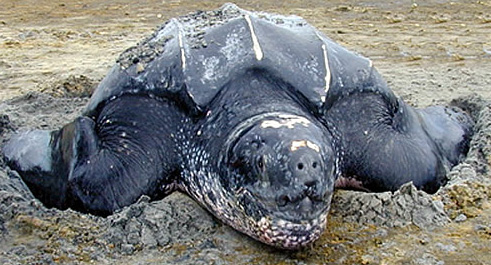 Since 2010, 26-year old and Limon born, Jairo Mora Sandoval had been living at the Costa Rica Wildlife Sanctuary’s and patrolling the beach for a nonprofit organization called the Wider Caribbean Sea Turtle Conservation Network, or Widecast. Jairo began working with sea turtles since six, his grandfather, Jerónimo Matute founded the Gandoca-Manzanillo Wildlife Refuge, a sea turtle nesting area. Jairo’s goal was to collect eggs before the hueveros and harbor them in a hatchery back on the Sanctuary’s protected areas. But on the evening of May 30, 2013 this all ended.
Since 2010, 26-year old and Limon born, Jairo Mora Sandoval had been living at the Costa Rica Wildlife Sanctuary’s and patrolling the beach for a nonprofit organization called the Wider Caribbean Sea Turtle Conservation Network, or Widecast. Jairo began working with sea turtles since six, his grandfather, Jerónimo Matute founded the Gandoca-Manzanillo Wildlife Refuge, a sea turtle nesting area. Jairo’s goal was to collect eggs before the hueveros and harbor them in a hatchery back on the Sanctuary’s protected areas. But on the evening of May 30, 2013 this all ended.
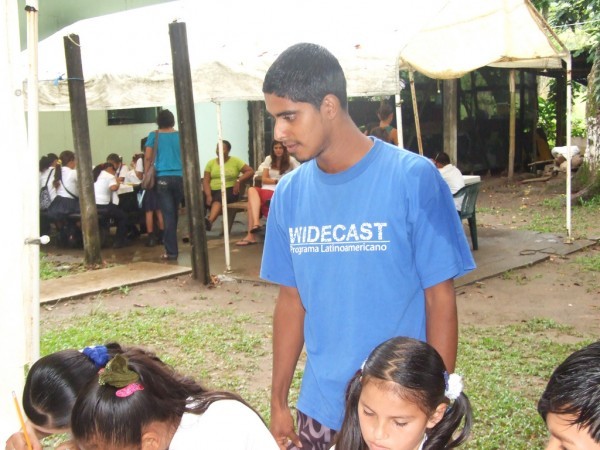 On a dark stretch of beach Jairo’s friend and veterinarian Almudena, three female undergraduate volunteers, Rachel, Katherine, and, Grace, as well as Jairo himself rode along in a two-door Suzuki 4×4. As they rode from the beach back to the sanctuary, a downed palm tree laid across the road. Jairo stepped out of the Suzuki to move the log away and as he did five men approached out of the darkness. All the conservationists were taken to a shack in the woods eventually the four women would be released. Two of the men left the shack with Jairo. At 6:30 am local police found the Suzuki on the beach. Nearby police found Jairo’s naked body. Bound and face down in the sand, with a large wound to his head, he had asphyxiated taking sand deep into his lungs.
On a dark stretch of beach Jairo’s friend and veterinarian Almudena, three female undergraduate volunteers, Rachel, Katherine, and, Grace, as well as Jairo himself rode along in a two-door Suzuki 4×4. As they rode from the beach back to the sanctuary, a downed palm tree laid across the road. Jairo stepped out of the Suzuki to move the log away and as he did five men approached out of the darkness. All the conservationists were taken to a shack in the woods eventually the four women would be released. Two of the men left the shack with Jairo. At 6:30 am local police found the Suzuki on the beach. Nearby police found Jairo’s naked body. Bound and face down in the sand, with a large wound to his head, he had asphyxiated taking sand deep into his lungs.
Given the importance of ecotourism to Costa Rica and the massive public knowledge and outcry on Jairo’s death, Costa Rican President Chinchilla vowed that there would be “no impunity” and that the killers would be caught. Nearly two months later, police raided several houses around Limon and arrested seven men total. The raid resulting from details provided by informants and the tracking of Jairo’s stolen cell phone. One of the suspects had used the phone to send texts such as “We dragged him on the beach behind Felipe’s car and you know it.” The evidence against the seven seemed airtight. Eventually police were able to put each of the seven’s cell phones, through geolocation, on the beach that night. A witness had put one of the seven’s car at the beach that night. There was even hours of recorded calls of the seven discussion Jairo’s death.
By trail all this evidence was misplaced and what survived was tossed out at trial.
A preliminary court judge misplaced a disk containing telephone conversations. Another set of phone conversations was excluded when the prosecution failed to properly preserve the privacy of the accused by not filtering out discussions unrelated to the case. Two vials of cologne that had been used to identify Donald Salmón mysteriously disappeared from the evidence room. And the prosecution failed to log the telephone conversations into evidence at the beginning of the trial. Ultimately, judges ruled the OIJ’s telephone investigation inadmissible. As a result, the detectives were unable to prove that the defendants were on the beach on morning of May 31, 2013.
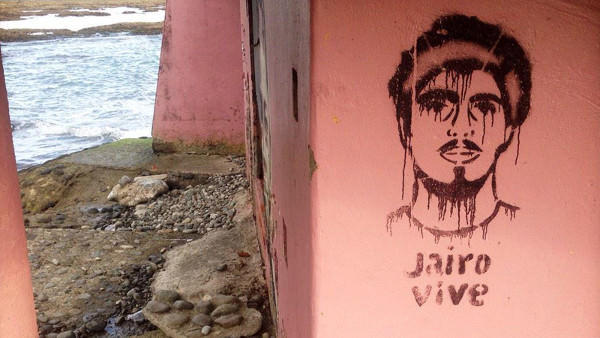 Without evidence and two years after the crime, a three-judge panel acquitted all of the seven. However, Jairo Mora Sandoval’s legacy should not be remembrance of his death, shoddy work by police and prosecutors, or acquittal of the seven. No instead we ensure the Jairo’s legacy is the continued survival of sea turtles. You can donate to WIDECAST the organization that Jairo dedicated his life to, and help support the cause.
Without evidence and two years after the crime, a three-judge panel acquitted all of the seven. However, Jairo Mora Sandoval’s legacy should not be remembrance of his death, shoddy work by police and prosecutors, or acquittal of the seven. No instead we ensure the Jairo’s legacy is the continued survival of sea turtles. You can donate to WIDECAST the organization that Jairo dedicated his life to, and help support the cause.

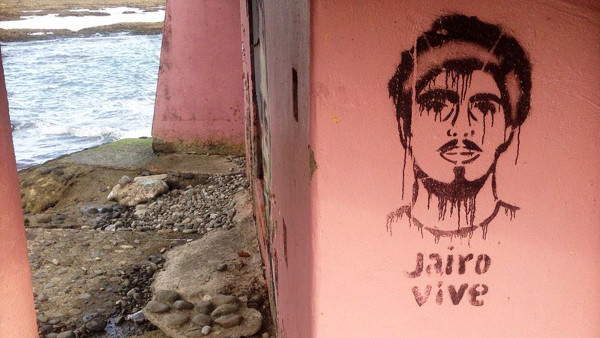

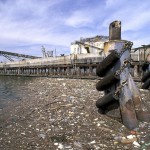

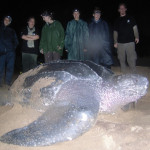
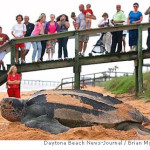
Jairo is a martyr. Justice has been denied. The perpetrators are a danger to all, and the incident is an ugly mar to Costa Rica.